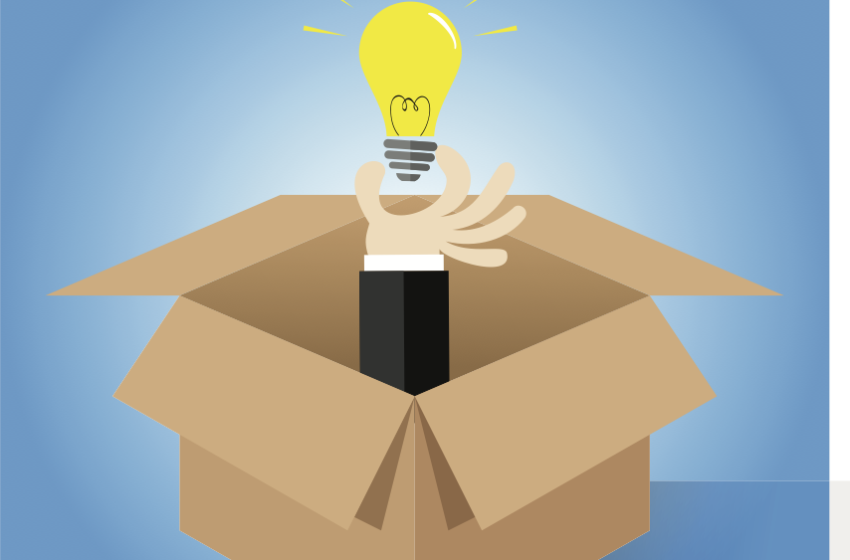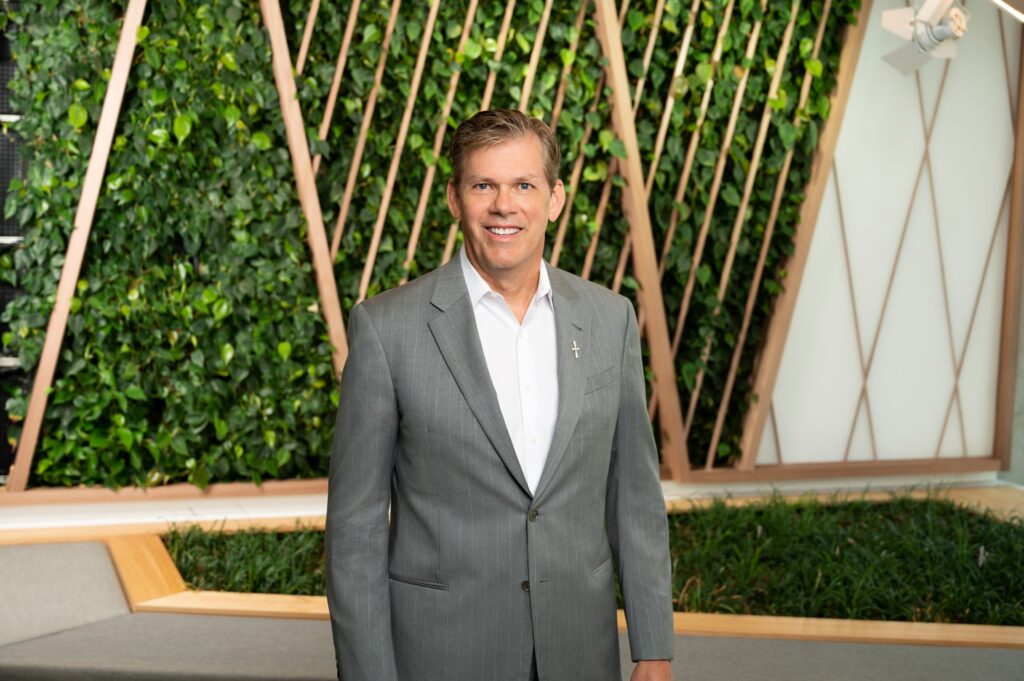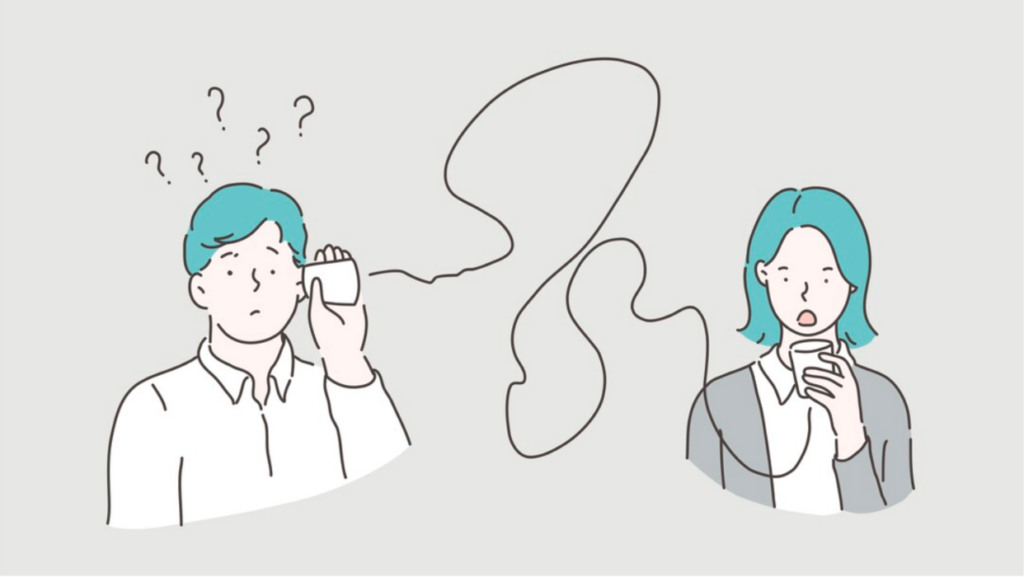Designing an Effective Sales Promotion: Lessons from Team Sports Marketing

When a fan buys a ticket to a professional sporting event, they have learned to expect some form of promotion. This trend reflects a larger shift in the sports world, as promoters work to make the experience more entertaining rather than relying solely upon team performance to attract fans. Today, promoters are on a continual search for the next big promotional idea and, so far, the most effective appears to be . . . bobbleheads. Seriously.
Past and current research on the effects of single-game promotions in Major League Baseball finds that the following have the strongest effects on attendance (in order):
- Bobbleheads
- Combination of giveaway and special event
- Combination of two or more special events
- Giveaway valued at $5 or more
- Giveaway valued at less than $5
- Price discounts
- Single special event[1]
What is the common denominator here? All but one of the items in this list (price discounts) add value to the experience.
Bobbleheads, for example, give fans the opportunity to exhibit the passion they have for the team when they expose it on display at the office or at home. Giveaways can add value to the experience as well. ans prefer giveaways that are in some way related to the event (e.g., bats, gloves, and caps for baseball)[2]—this fuels the fantasy and feelings they associate with the experience. Special events like concerts or special celebrity appearances, especially when combined with giveaways or another event (e.g., pre-game concert and post-game fireworks), also have great impact on the experience.
The idea is to make promotional events truly memorable experiences that excite fans rather than just offering another forgettable promotion. Assuming a brand sponsors the promotion, the extent to which the experience provokes strong internal (sensations, feelings, and thoughts) and behavioral responses determines the benefit to the brand.[3] Not surprisingly, again, price discounts come near last in the previous list, as the price cut offers only economic and no direct emotional or experiential benefits.
The Characteristics of a Well-Designed Promotion
Adding value is important to think about in designing any sales promotion, whether for a sports event or not. But it’s only one of the factors to think about. Well-designed sales promotions have five characteristics, which you can remember with the acronym CASES:
Clear target and objective
Add value
Simple
Experiential
Sponsored
The best way to see how this plays out is to look at an example. Lexus hits all the above points with a promotion offering Lexus owners complimentary valet parking at Globe Life Park in Arlington for all Texas Rangers home games. This promotion:
- has a clear target and objective; in this case to reinforce loyalty to its brand among Lexus owners who attend Rangers games.
- adds value by offering a service perceived to be worth the $30 charged all other car-owners (but does nothing to reduce perceived ticket value).
- is simple to understand, “I give them my car before the game and I pick it up after the game.”
- is experiential: “Wow, I can drop myself off at the gate and walk right into the game.”
- is clearly sponsored with prominent signage and Lexus uniformed attendants at drop-off and pickup.
Over the years since initiating this popular promotion, Lexus has improved the process by requesting mobile phone numbers via text and generating social media engagement, as well as connecting the promotion directly to the local Lexus dealer.
Ideally, a well-designed promotion should also include data capture. While it’s always desirable to collect customer contact information (cell phones, emails, or social media), it is not always feasible. There may be a trade-off between offering a simple service and adding a complicating factor that aids data capture. Proper positioning of the data capture request can assist in the process. For example, attendants could inquire among new visitors, including non-Lexus owners who pay for the valet, “May we exchange mobile phone numbers to make certain we provide you with the best service possible? Here is our number at the valet station. Check the box on the form if you want to hear about other great service offers from Lexus.”
Adding Real Value
As you design your own sales promotions, remember that adding value—the A in CASES—does not always include reducing prices. That said, the perception of value is in the eye of the beholder. Focus groups or online panels can help you gauge fan or customer reactions before you spend valuable resources on ineffective promotions. Sometimes sponsors and corporate salespeople can come up with ideas that might have made sense on the golf course or at dinner with perhaps one too many drinks, but ultimately don’t add value to the experience. Too often these “creative” promotions have poor perceived values due to a variety of reasons, including low payout odds and associated low payoff value. Take the time the Detroit Pistons partnered with Arby’s. The promotion involved giving away small curly fries if (1) a player scored a triple-double, (2) fans printed out the box score from the paper, and (3) then went to Arby’s to redeem. Fans waited over nine years until Greg “Curly Fries” Monroe recorded a triple-double. The point is that marketers must develop promotions that deliver certainty of positive outcomes and experiences at the event.
Crazy promotions such as this may add some entertainment value, but they do less to reinforce loyalty to the team and organization. The promotions that add real value are typically experiential. Shirt giveaways for a “color-out,” with all fans wearing the home-team colors, add value to the experience at the event. So do promotions where sponsoring retailers offer tickets to team practices held at outside facilities (e.g., WNBA teams practicing at a college to generate interest) add value in an experience all its own.
The primary thing to remember about the sales promotion—and the lesson every CEO can take from sports promotions—is that the strongest offers add value to the experience. You want to help your customers create lasting memories they associate with your brand, not just give them a chance to pocket the money from a discount and forget about it forever.
[1] Thomas C. Boyd and Timothy C. Krehbiel (2006), “An analysis of the effects of specific promotion types on attendance at Major League Baseball games,” Mid-American Journal of Business, 21 (2), 21-32.
[2] Kirk L Wakefield and Victoria Bush (1998), “Promoting leisure services: Economic and emotional aspects of consumer response,” Journal of Services Marketing, 12 (3), 209-222.
[3] Zarontonello & Schmitt, (2013), “The Impact of Event Marketing on Brand Equity,” International Journal of Advertising, 32 (May), 255-280.






